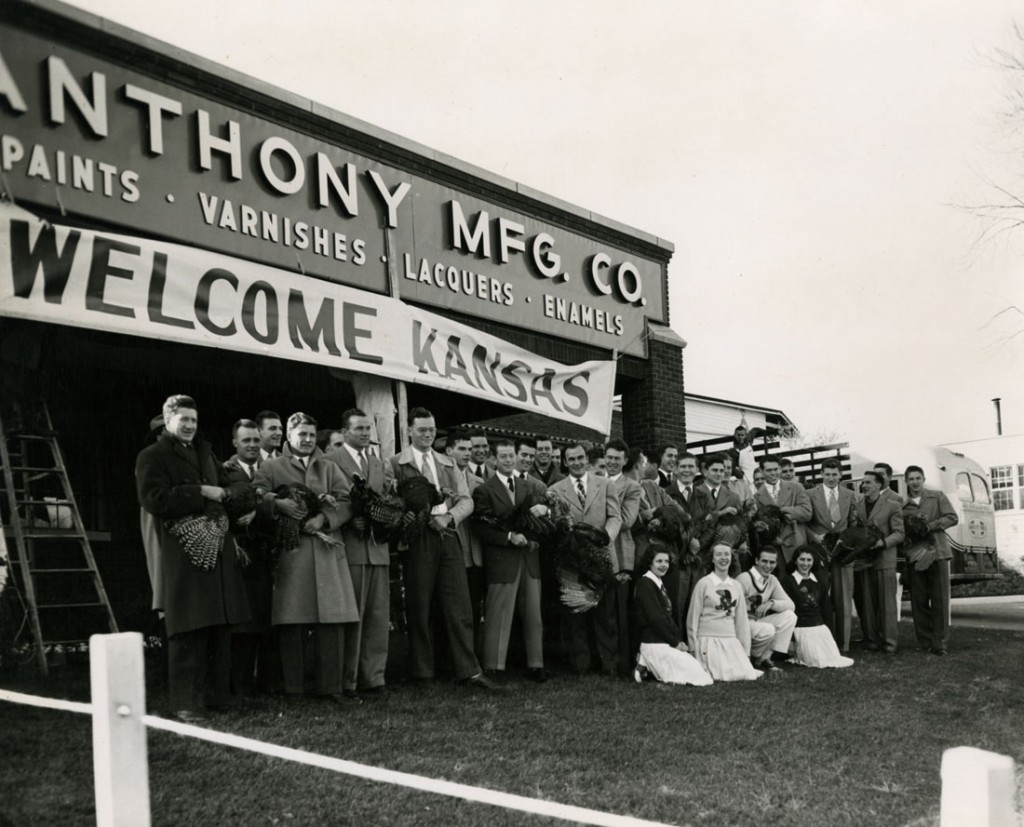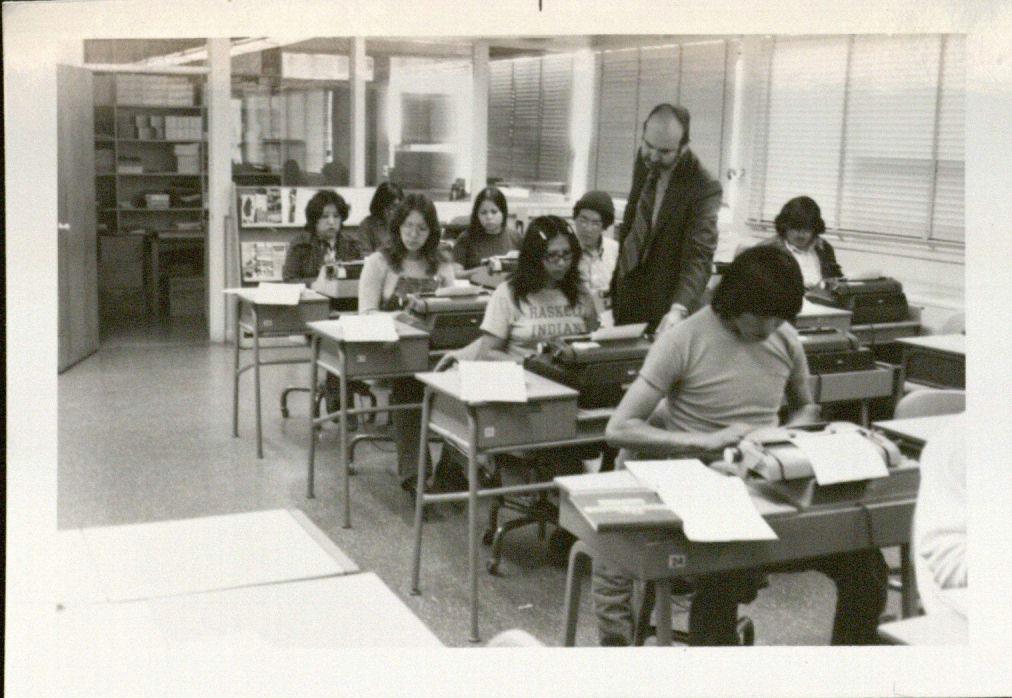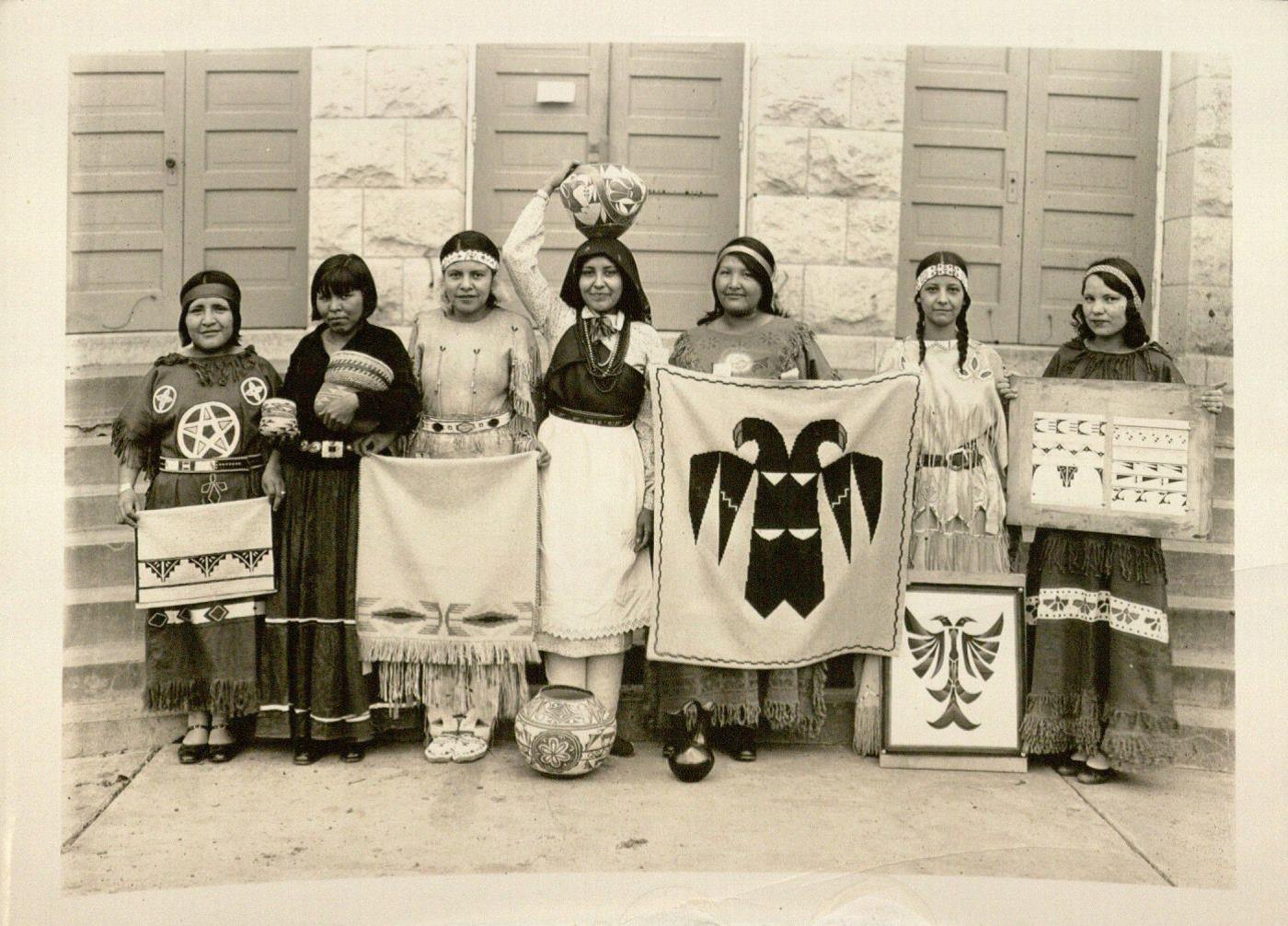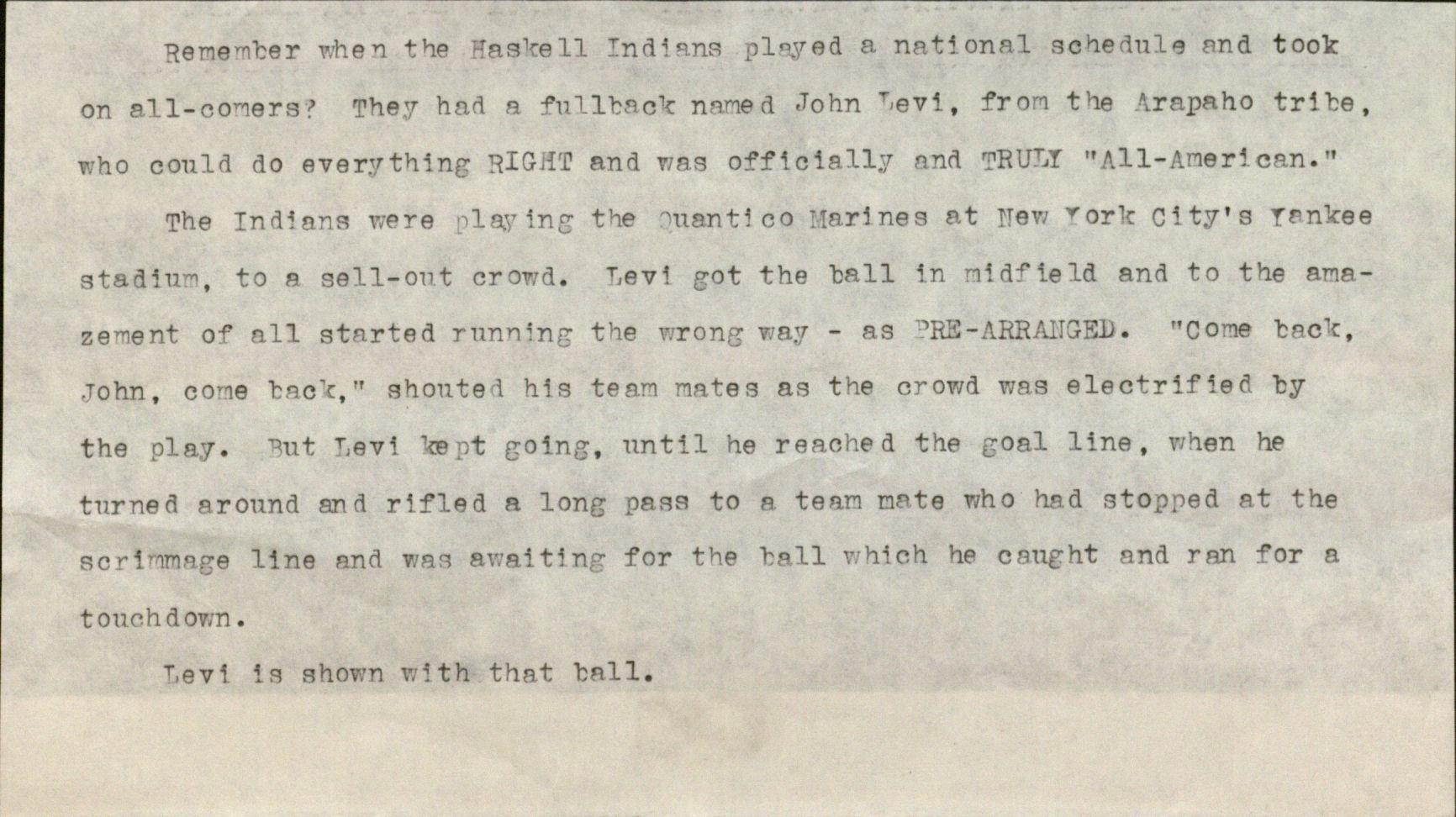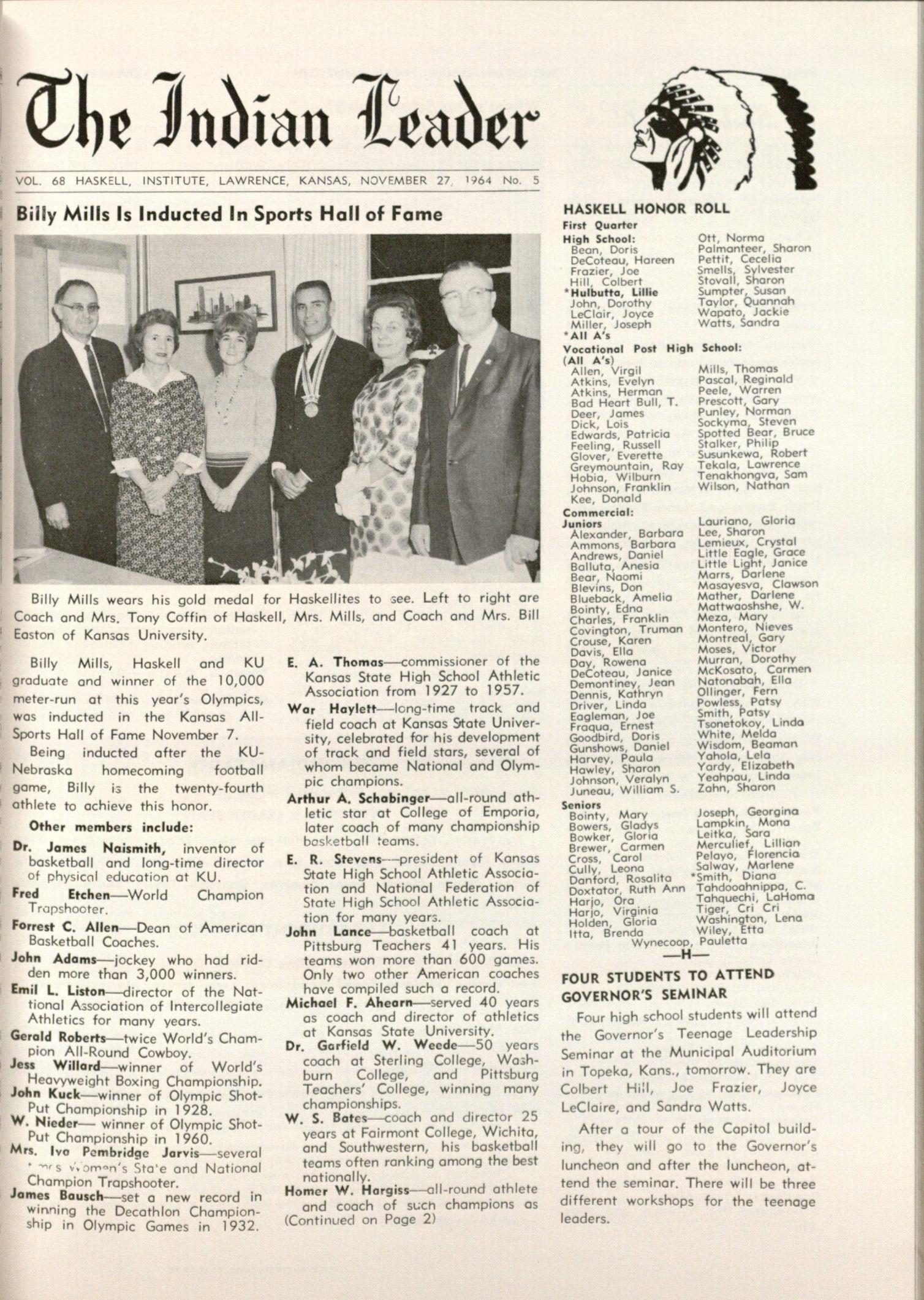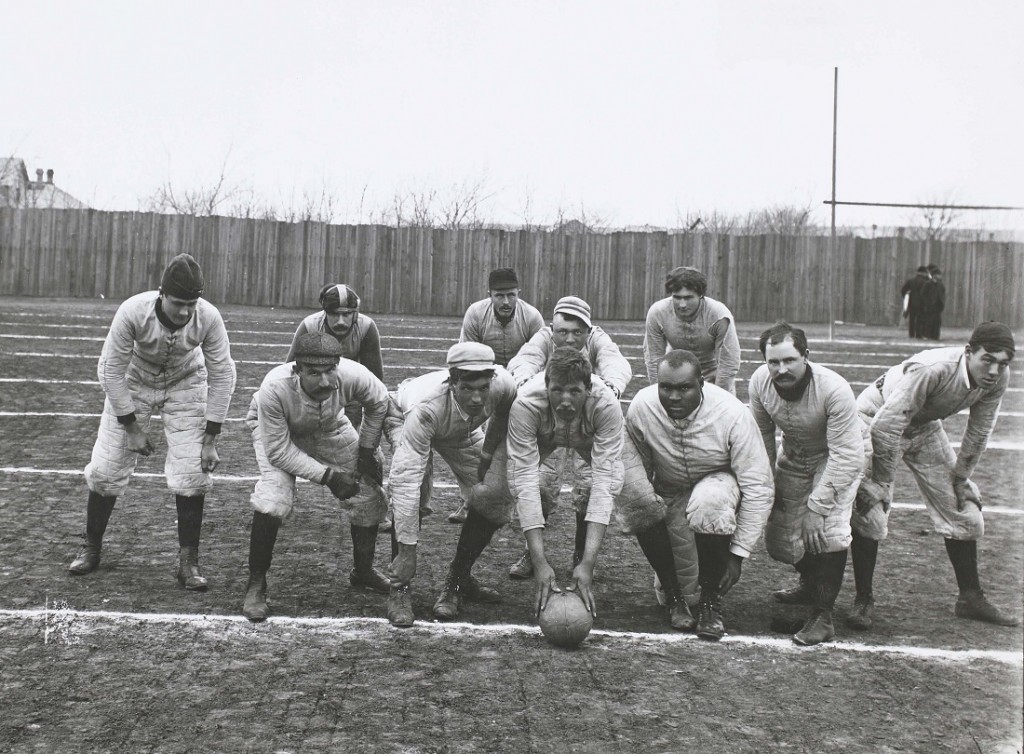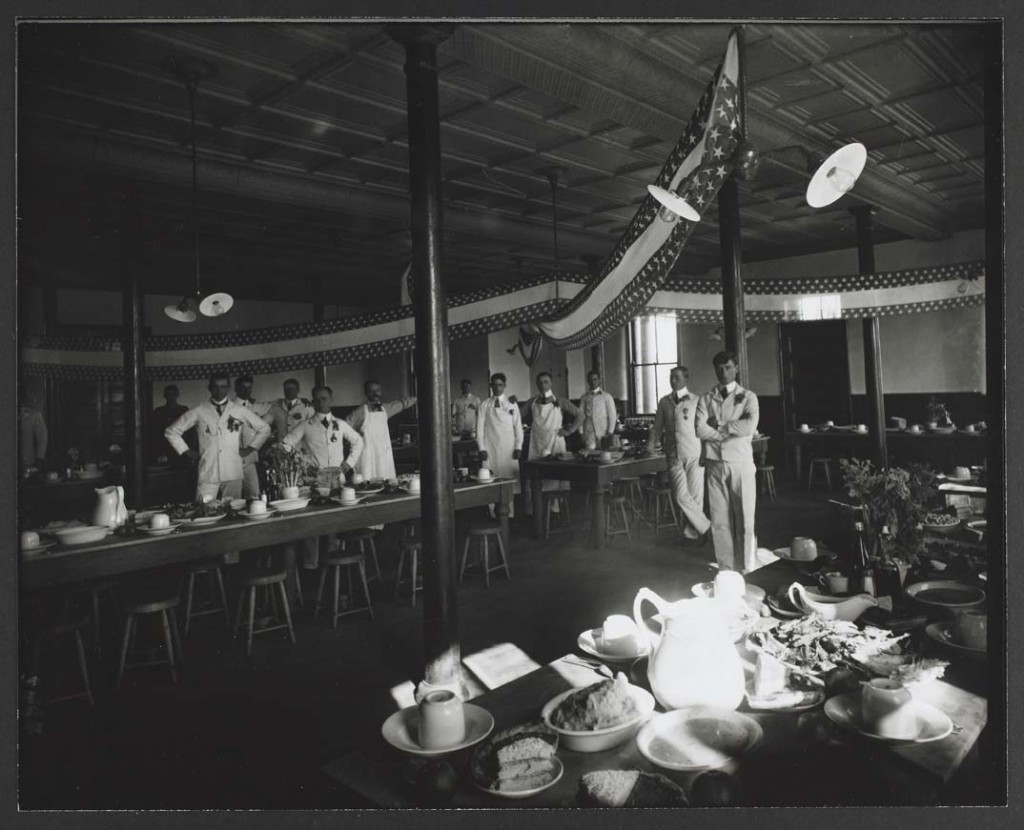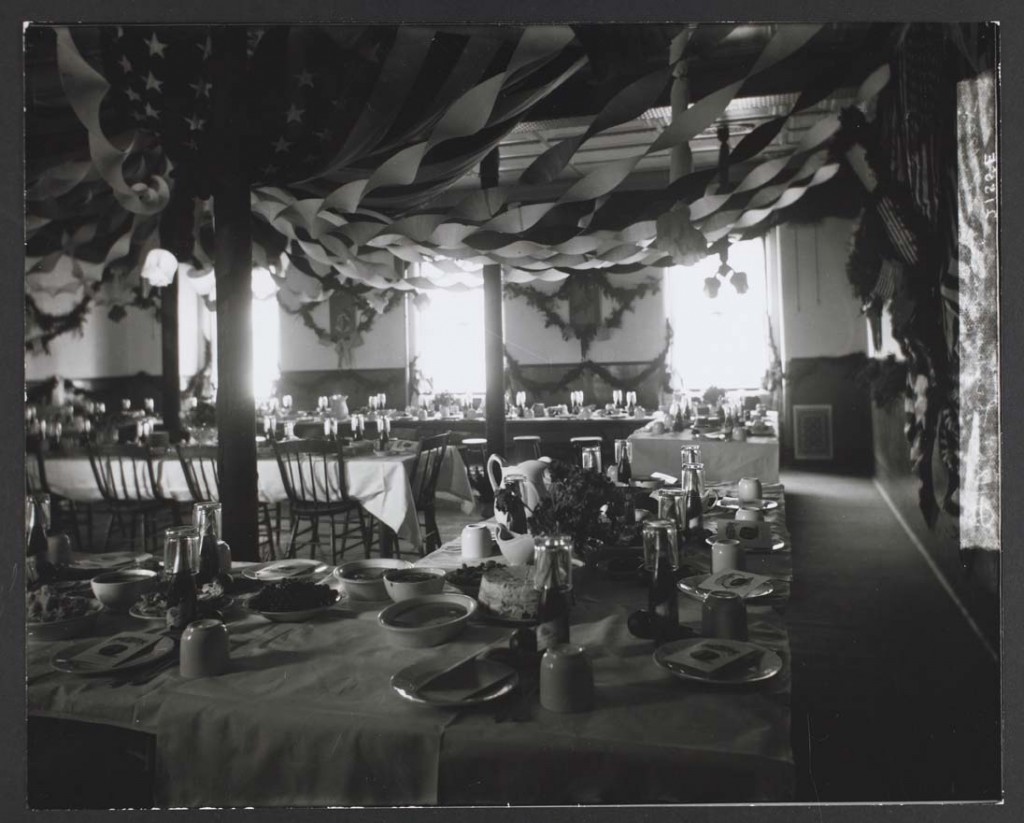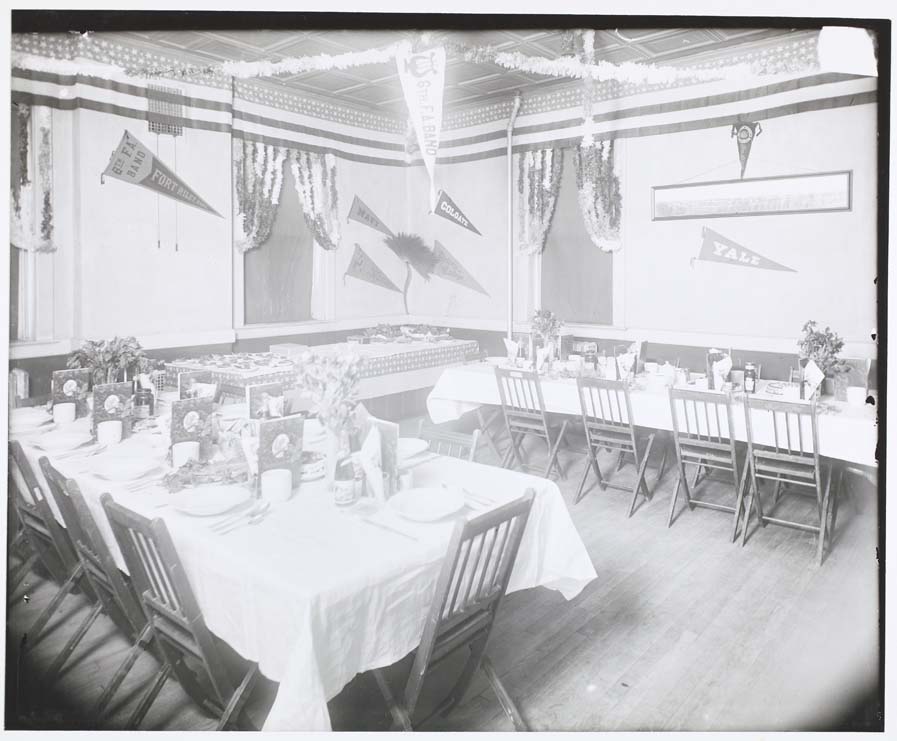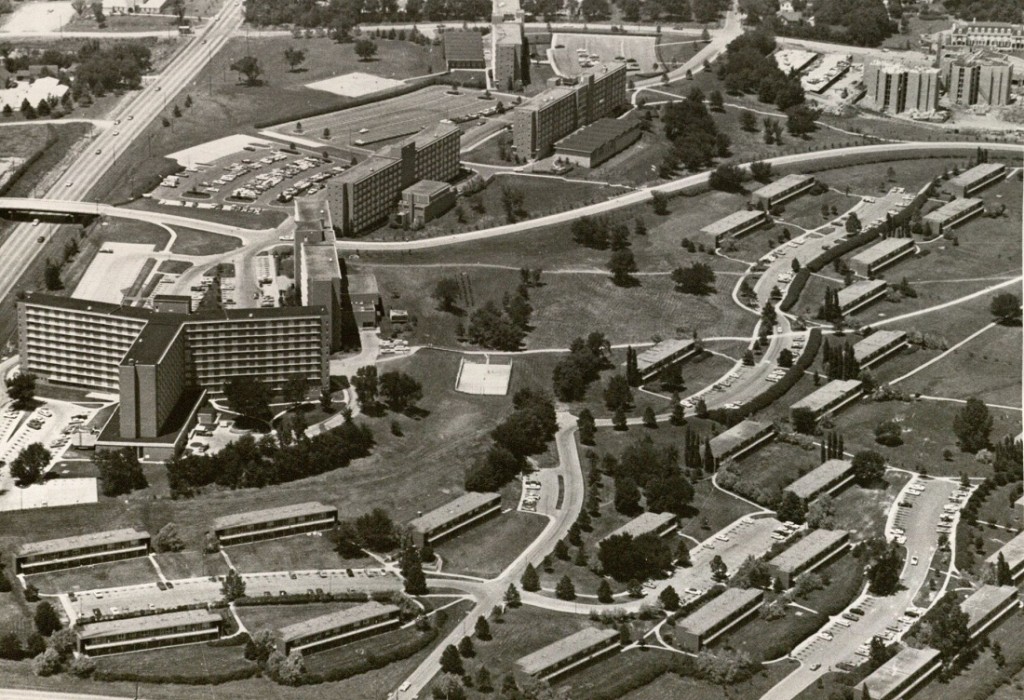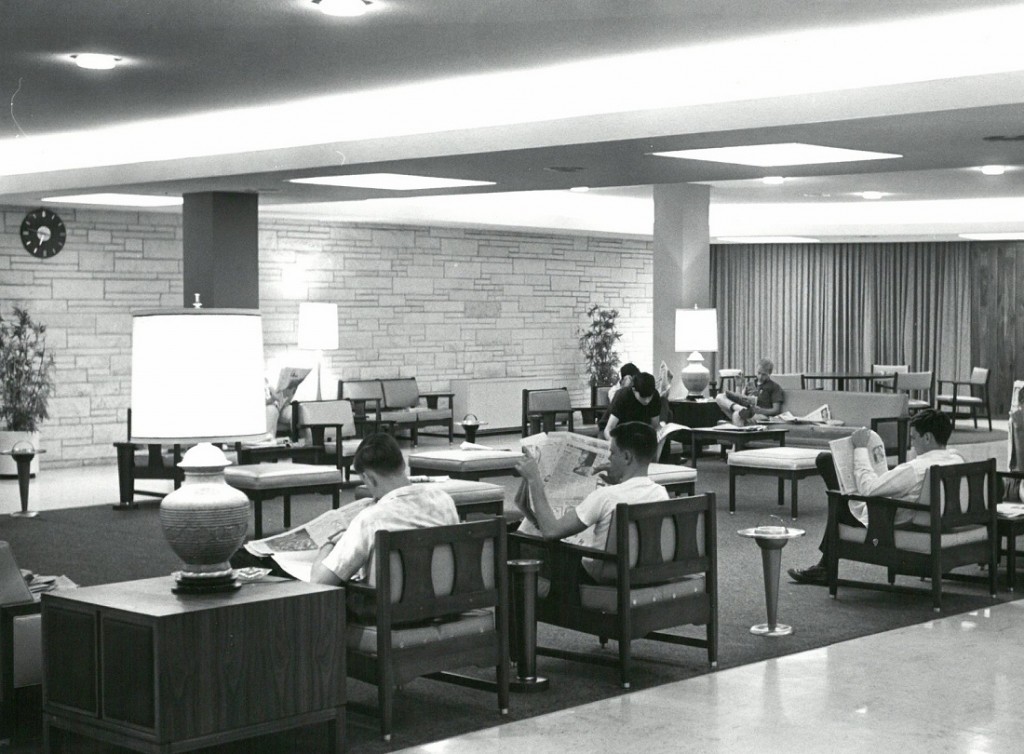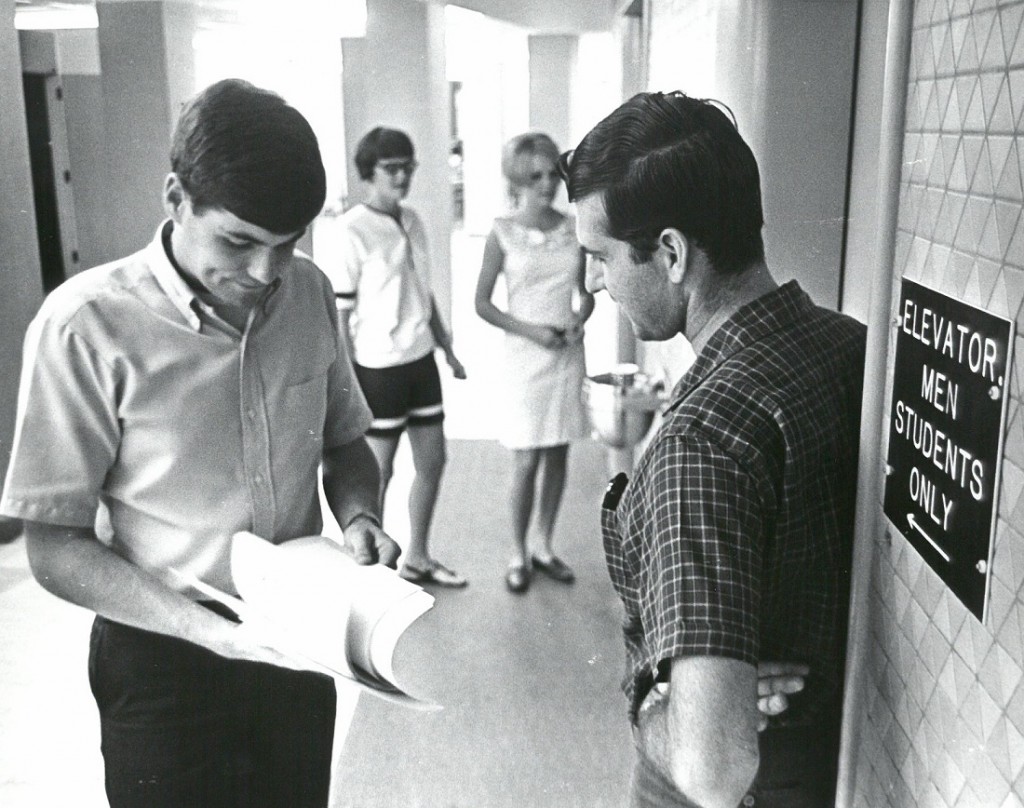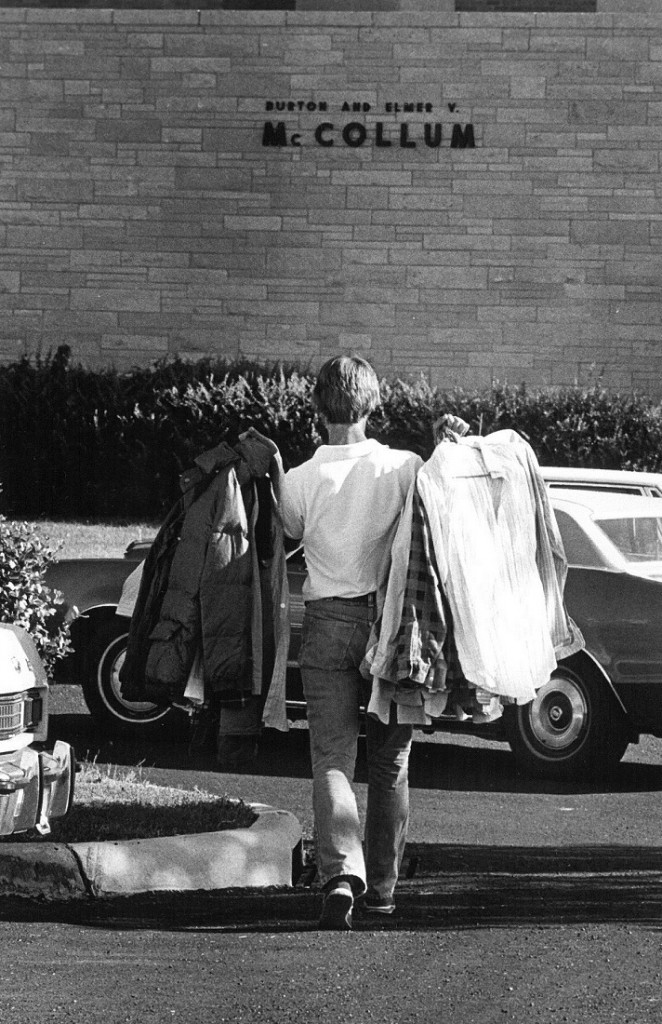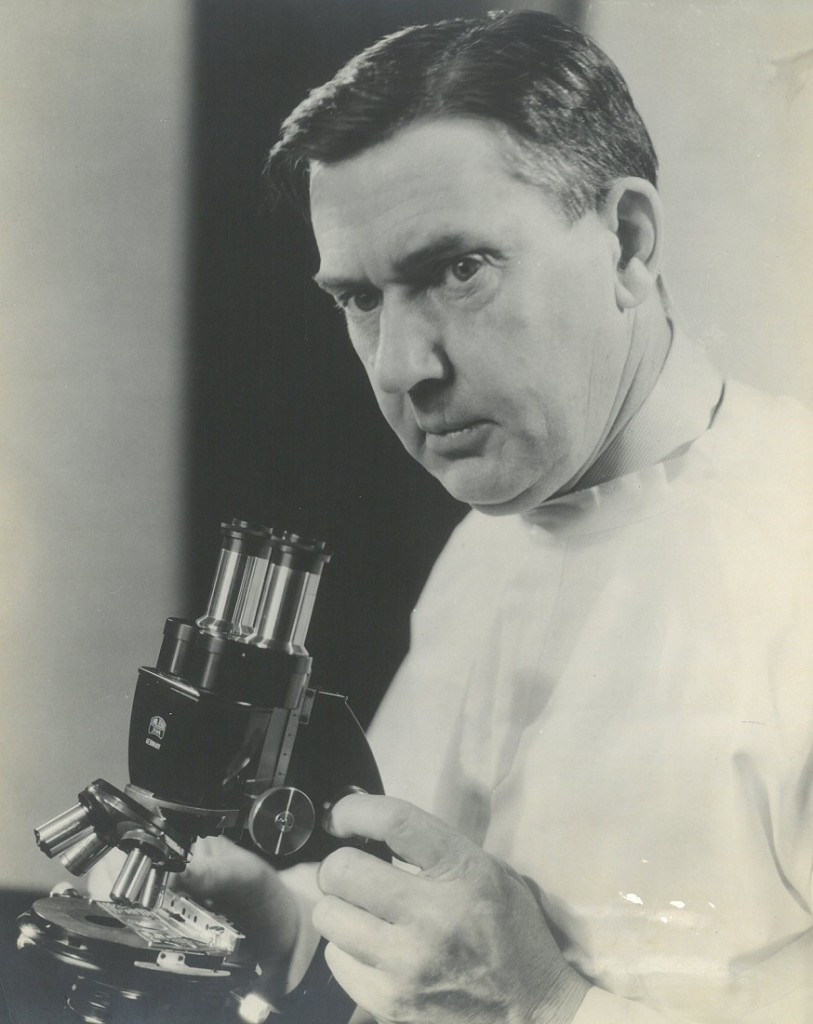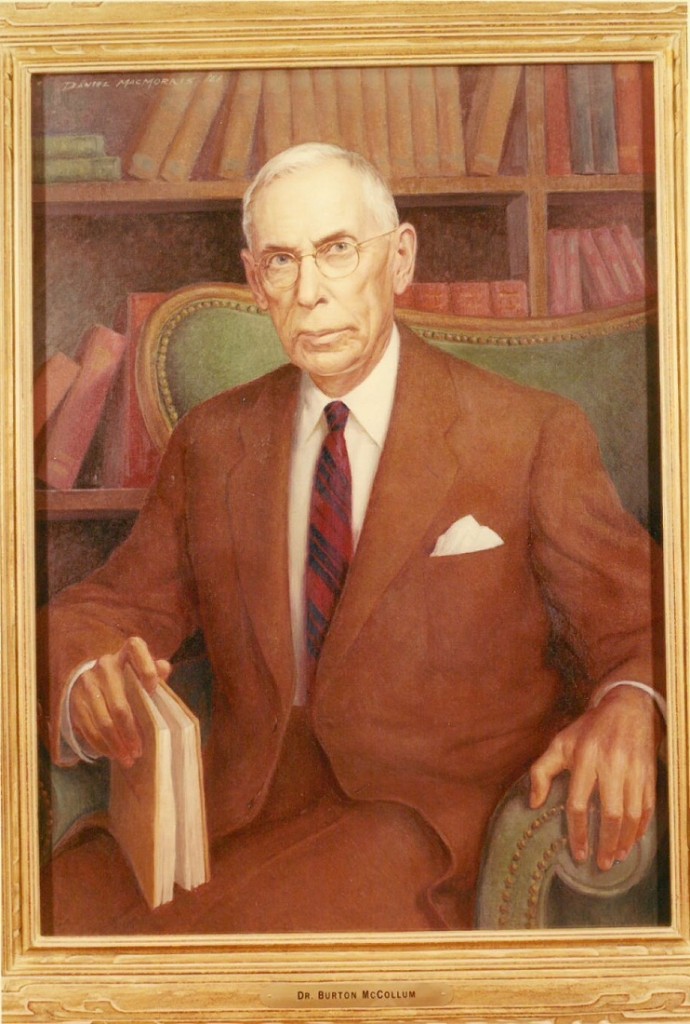Meet the KSRL Staff: Marcella Huggard
November 30th, 2015This is the fifth installment in what will be a recurring series of posts introducing readers to the staff of the Kenneth Spencer Research Library. Joining us in October 2015, Marcella Huggard is Spencer’s newest team member; she’s the Manuscript Processing Coordinator.
Marcella Huggard working with materials in the beginning stages of being processed
in what is lovingly referred to as Smaug’s Cave.
Where are you from?
I grew up in Valparaiso, Indiana, which is what I like to call a suburb of a suburb of Chicago. Since then I’ve lived in Illinois, Colorado, and Kansas. My mom is from Topeka so I came to Kansas a lot as a kid for family reunions.
What does your job at Spencer entail?
I’m in charge of coordinating the processing of the unpublished manuscript materials at Spencer. This includes personal papers, diaries, correspondence, business records, organizational records, and a wide variety of other materials that can be found in the personal papers of KU alumni and faculty, the Kansas Collection devoted to regional history mostly dating from 1854-onward, and the Special Collections.
Processing entails arranging and describing these collections of materials in order to make them more easily available to our researchers and to let our patrons know what we actually have. Often we receive collections in a fair amount of disarray, and we have to make order out of chaos—and describe that order—so that our patrons know what we have even before they come in our doors.
How did you come to work in special collections and archives?
I was in my junior year of college and trying to figure out what I wanted to do after college—I knew I didn’t want to teach, but I also wanted to use my history degree. My college’s career center helped me find an internship at a nearby historic house museum, and the following fall I got to do an internship at my college’s archives, among other duties transcribing the 1820s love letters of Eli Farnham, one of the college’s founders, and his future wife. After that kind of introduction to working with historical materials, I was hooked. I worked on my Masters at Colorado State University-Fort Collins, where I was able to concentrate both on museum studies and archives administration in order to broaden my career opportunities.
What is the strangest item you’ve come across in Spencer’s collections?
I haven’t yet gotten to dive too deeply into the collections here—I started working at Spencer in late October—but I did come across an accession document for an inkwell I have yet to track down. I was also just introduced to a mask worn by Moses Gunn in Titus Andronicus.
What part of your job do you like best?
I really enjoy solving problems, and processing archival materials is a series of problem-solving!
What are your favorite pastimes outside of work?
My husband and I love to ballroom dance (not that we’re any good, mind you). I also sing with the Lawrence Civic Choir and a small group of women called Heartland Harmony operating out of Topeka, and I really enjoy trying out new crockpot recipes.
What piece of advice would you offer a researcher walking into Spencer Research Library for the first time?
The advice I offer to any researcher wherever I work that I think applies here at Spencer too is try to touch base with a Public Services staff member before you come—at least start looking at the catalog and finding aids so you have a good idea of what might be available for you to review. Letting our staff know you’re coming before you get here is always a great idea because they can give you lots of great information about what to expect when you arrive and can help you fill out your research requests, streamlining the process when you come to the library so you can dive right in!
Marcella Huggard
Archives and Manuscripts Processing Coordinator


